A single word holds the key to the magic to so much of what we understand about the world of taste and flavour today – Umami. But what is this famous fifth taste, where do we find it, and why is it that we can’t get enough of it?
Finding Umami in Sake: Six of the Best
Throughout this series, we’ve delved into the world of Umami – the indescribable fifth flavour – which was discovered in Japan by Professor Ikeda in 1908. To put it simply, when something is really tasty and delicious, it’s very often the case that it’s got umami in it. Scientifically, these are identified by chemicals (Alanine, Aspartic Acid, Glutamine, etc.) which can be mimicked in the well-known additive MSG. This savoury richness is the foundation of a lot of Japanese cuisine, but it doesn’t stop there: the nation’s favourite alcoholic drink sake is also known to have high levels of umami.
Umami is often found in the less polished sakes, such as Junmai and Honjozo, or in those made according to Kimoto and Yamahai Styles. These have a higher concentration of amino acids, and usually better at room temperature or even warm.
When paired with foods that are also high in umami, you get the incredibly powerful and irresistible ‘double umami effect.’ I’m thinking of wonderful pairings like Iberico ham and Yamahai sake, but there are so many more.
Here, I’ve created a list of different sakes that in one way or another have umami present.
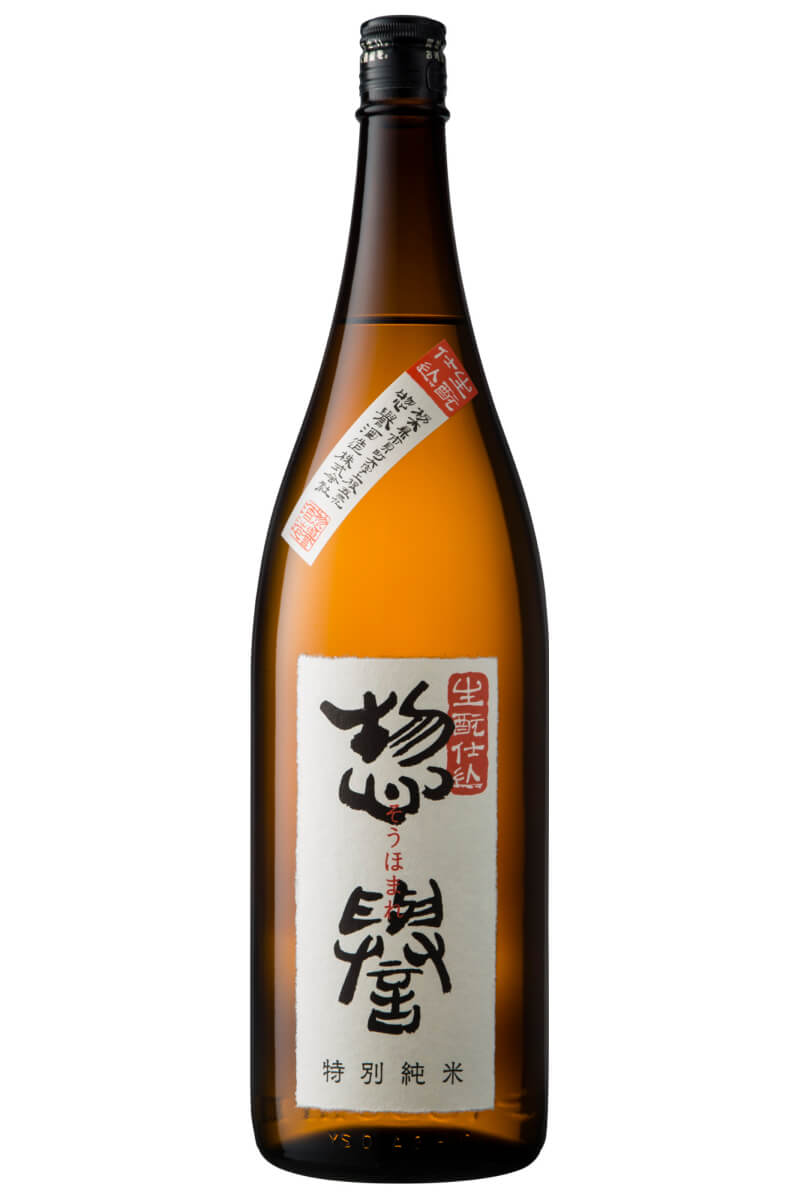
Sohomare Tokubetsu kimoto
This sake is made using the Kimoto method; the old-school sake production style. Using a high grade Yamada Nishiki rice from Hyogo, it is produced in Tochigi prefecture by Sohomare Brewery. The result is a very balanced sake with nice acidity and a savoury herbal nose, with hints of banana and apple. The palate is rich and complex, with a feeling almost akin to tannins, and with lots of umami.
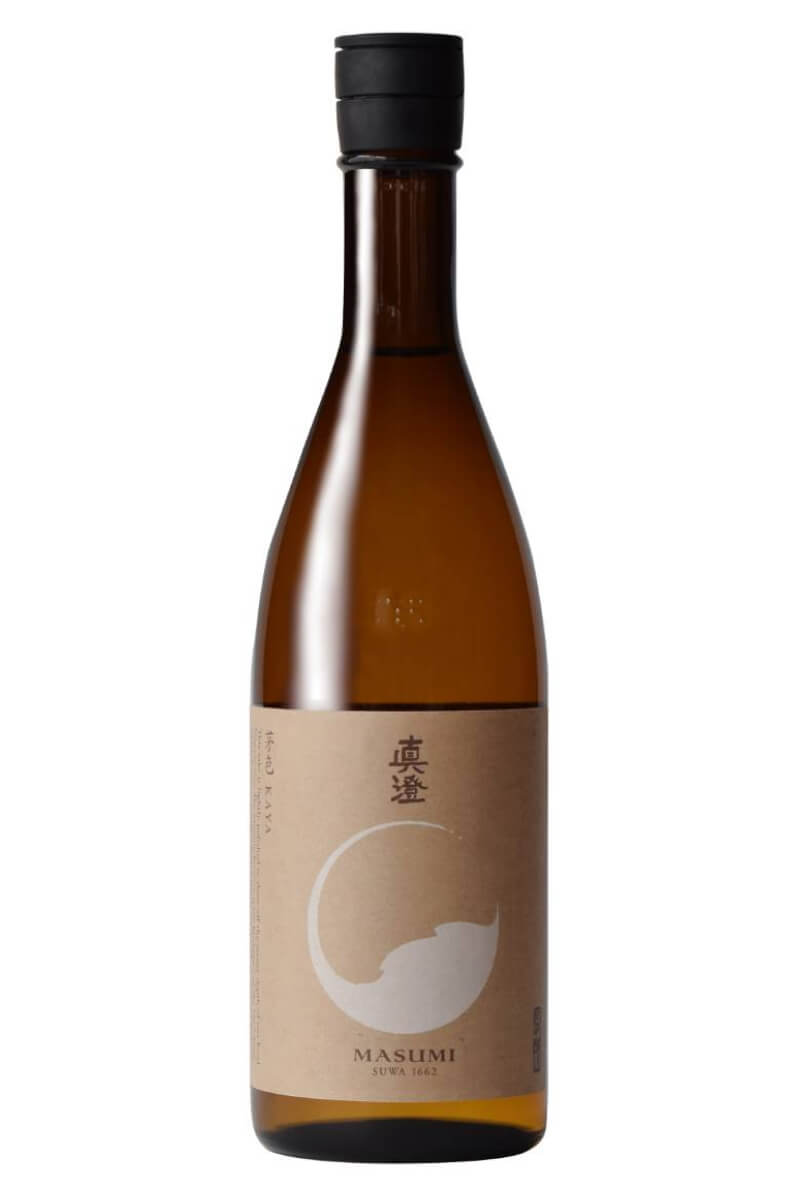
Masumi Kaya
This is a winning sake for those who want to experience a very traditional kind of taste. It’s made in Nagano by Masumi Brewery, the birthplace of the famous #7 yeast that creates vigorous fermentation. You’ll perceive notes of banana, cereal and white asparagus on the nose, followed by a savoury depth and creamy sweet & sour feeling in the mouth, finishing in a savoury aftertaste. It’s best warmed up to around 40ºC.
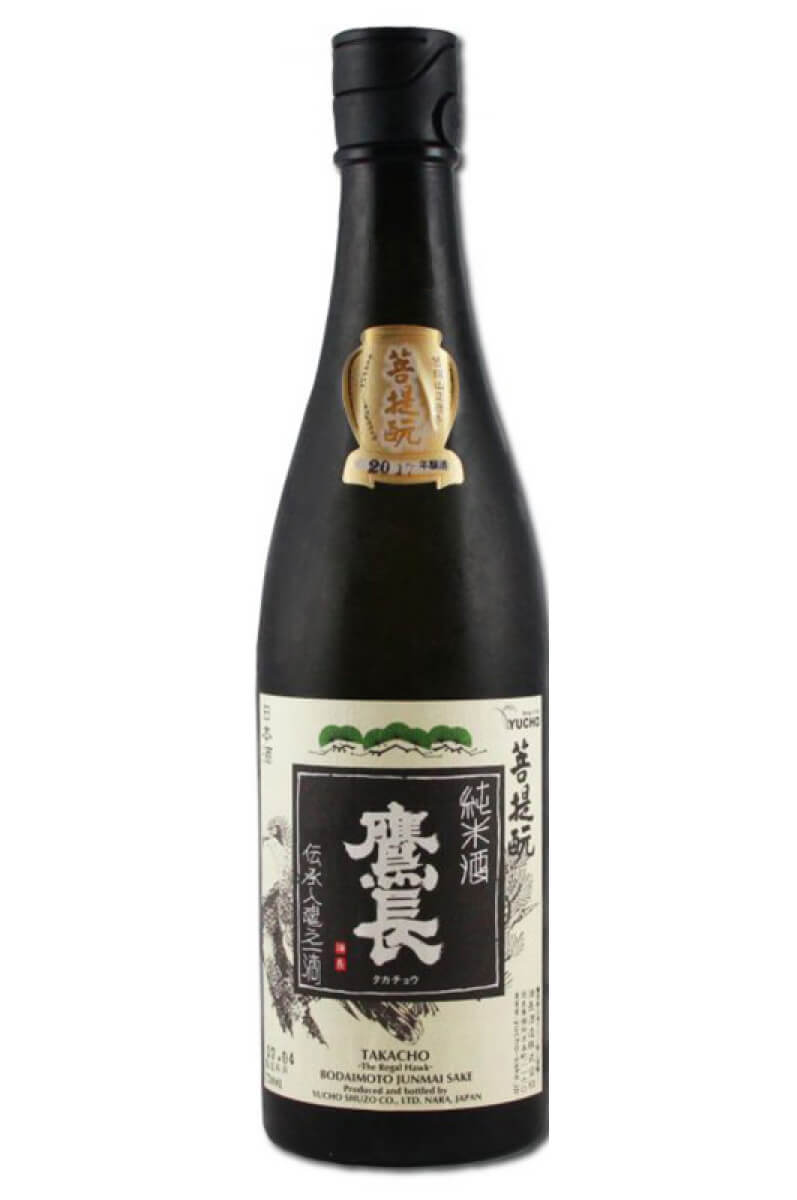
Takacho Bodaimoto
Bodaimoto sake was invented in a temple called Bodaisan Shouyakuji in the 15th century, a unique method of brewing that uses raw rice and lactic acid contaminated water available inside the Shoryakuji temple. The result is a unique and complex sake, with aromas of caramel, chestnut, apricot and cheese all in once. The sweetness is perceptible but not cloying, and naturally, seasoned sake drinkers will be able to pick out lots of umami.
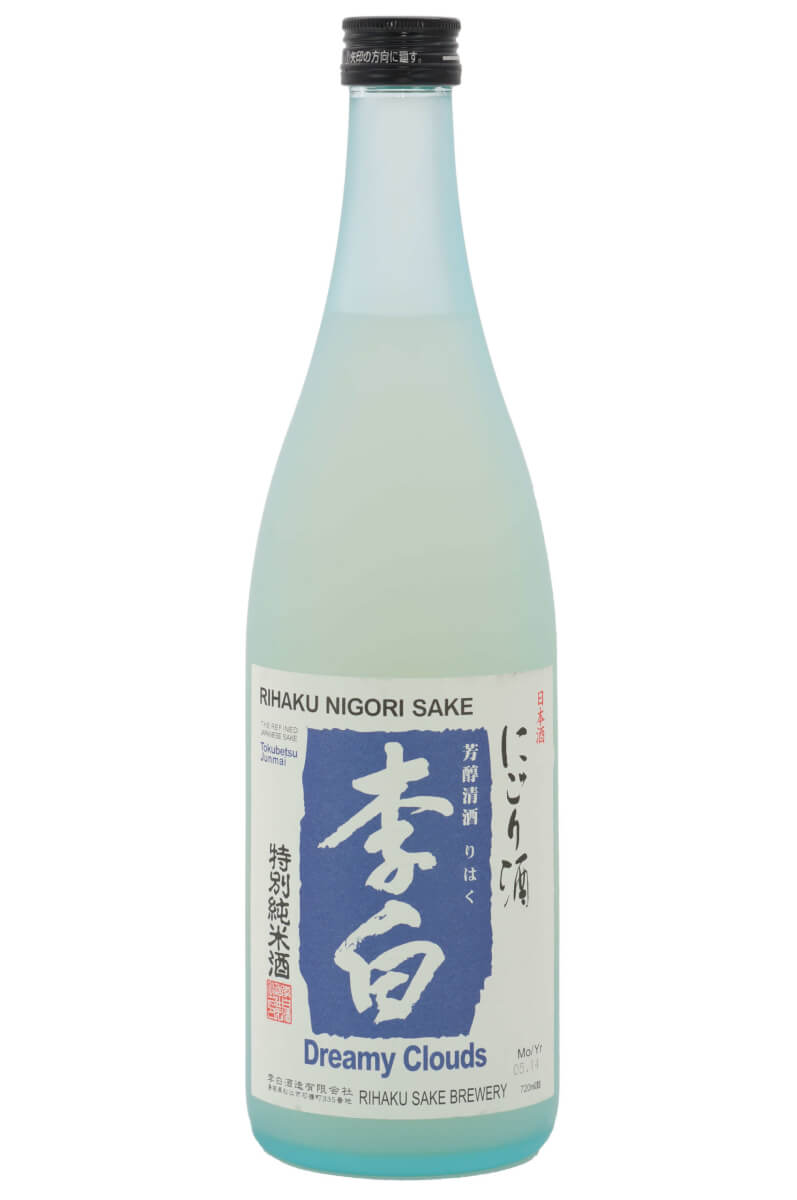
Rihaku Nigori dreamy clouds
This is a sake with a seriously complex aroma profile. It’s very dry (unlike many Nigori sakes), boasting lactic rice flavours with nuttiness and even a slight touch of aniseed. This Nigori sake from Rihaku (Shimane prefecture) offers layers of complexity and fine acidity. It’s an unexpected umami bomb for a Nigori, with a mouth texture more commonly associated with cloudy sakes.
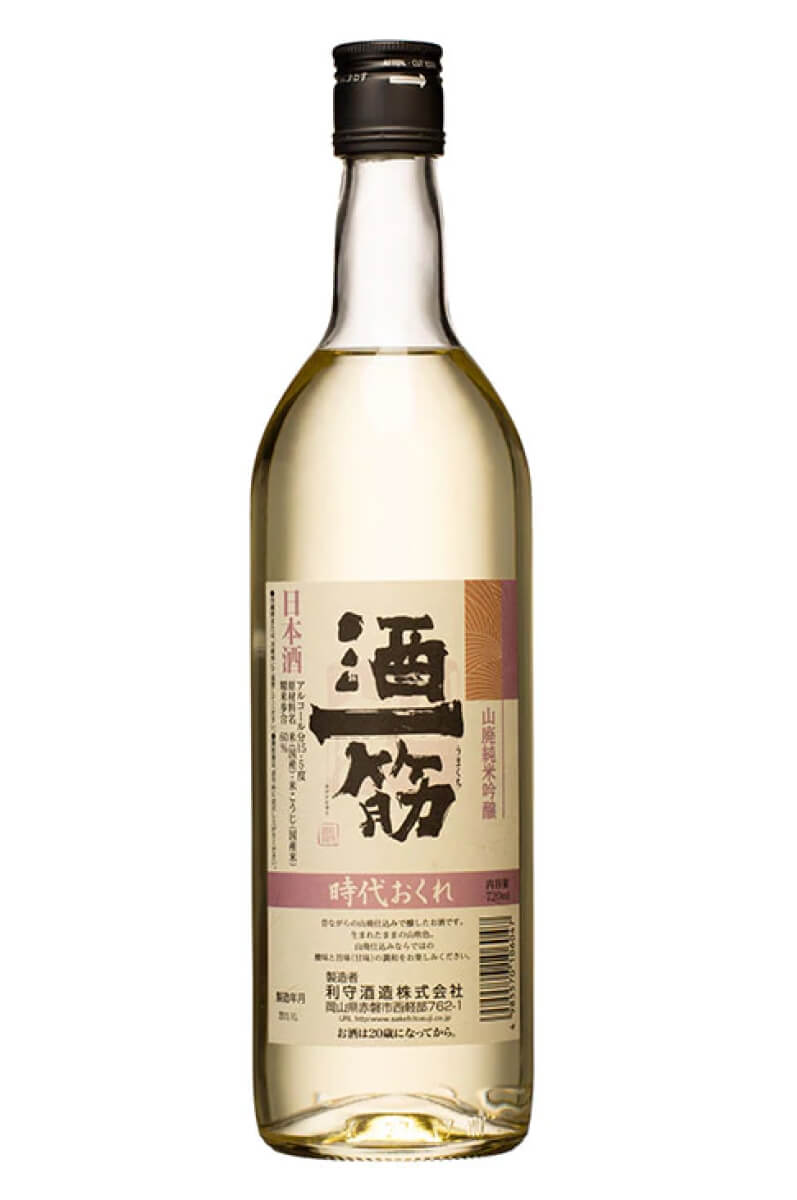
Toshimori sakehitosuji jidaiokure
Toshimori Shuzo is one of the “Kuras” saved from extinction – a strain of Omachi sake brewing rice known as Akaiwa Omachi. Despite its leading reputation among sake-brewing cultivars, the difficulty of growing Omachi has led to a drastic reduction in its production volume until it was revived by this brewery which is located in a famous production region. The result is a distinctive Yamahai sake, with an exquisite balance of acidity and umami, as well as a vibrant depth of flavour. Tasting notes include minerals, with a chocolate and citrus sensation, a dry finish and a sweet aftertaste. It’s best served between 20-40°C.
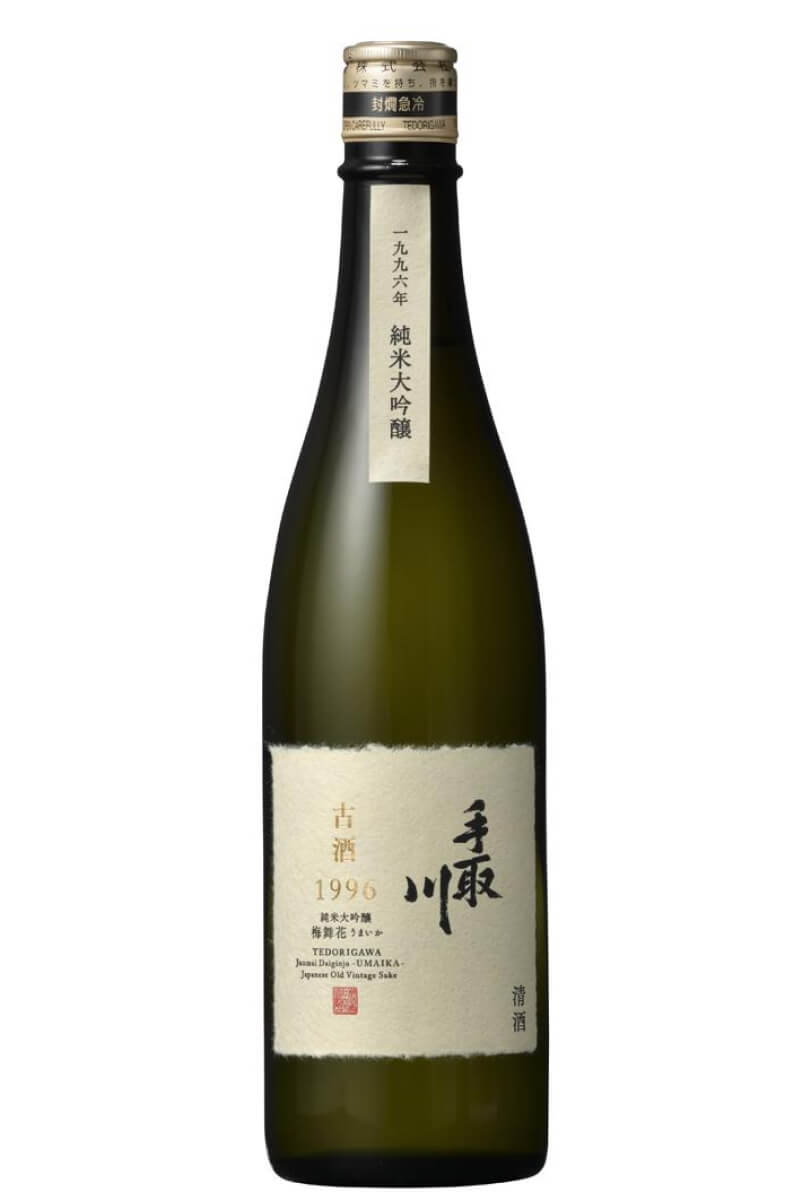
Tedorigawa Junmai Daiginjo Koshu Umaika 1996
Finally, we come to this unique Junmai Dai Ginjo sake, a bottle which has been aged since 1996. Why would anyone do so, you might ask? Well, thank God it was saved! Umaika 1996 comes from Tedorigawa brewery, and is a truly delicious koshu sake. Indeed, the name “Umaika” can also mean “delicious” in Japanese. You can expect a phosphorus nose and a feeling of sweetness in the mouth, a rich flavour of roasted nuts almost reminiscent of amaretto. This flavour spreads softly through the mouth, with a gentle sweetness that is covered by its acidity leaving the aftertaste spread all over your mouth.
by Pablo Alomar Salvioni
@salvioni_alomar
CEO of Salvioni & Alomar SL. Importer and distributor of premium Sakes and other Japanese products in Spain.
CEO of SOURCING THE EARTH, winebroker for European wine cellars for the Asian market.
Certified as Sake Professional (CSP) Advanced Sake Professional (ASP) of the Sake Education Council, Tokyo.
WSET Level 3 in Sake, and WSET Sake Educator
BASQUE CULINARY CENTER Teacher
